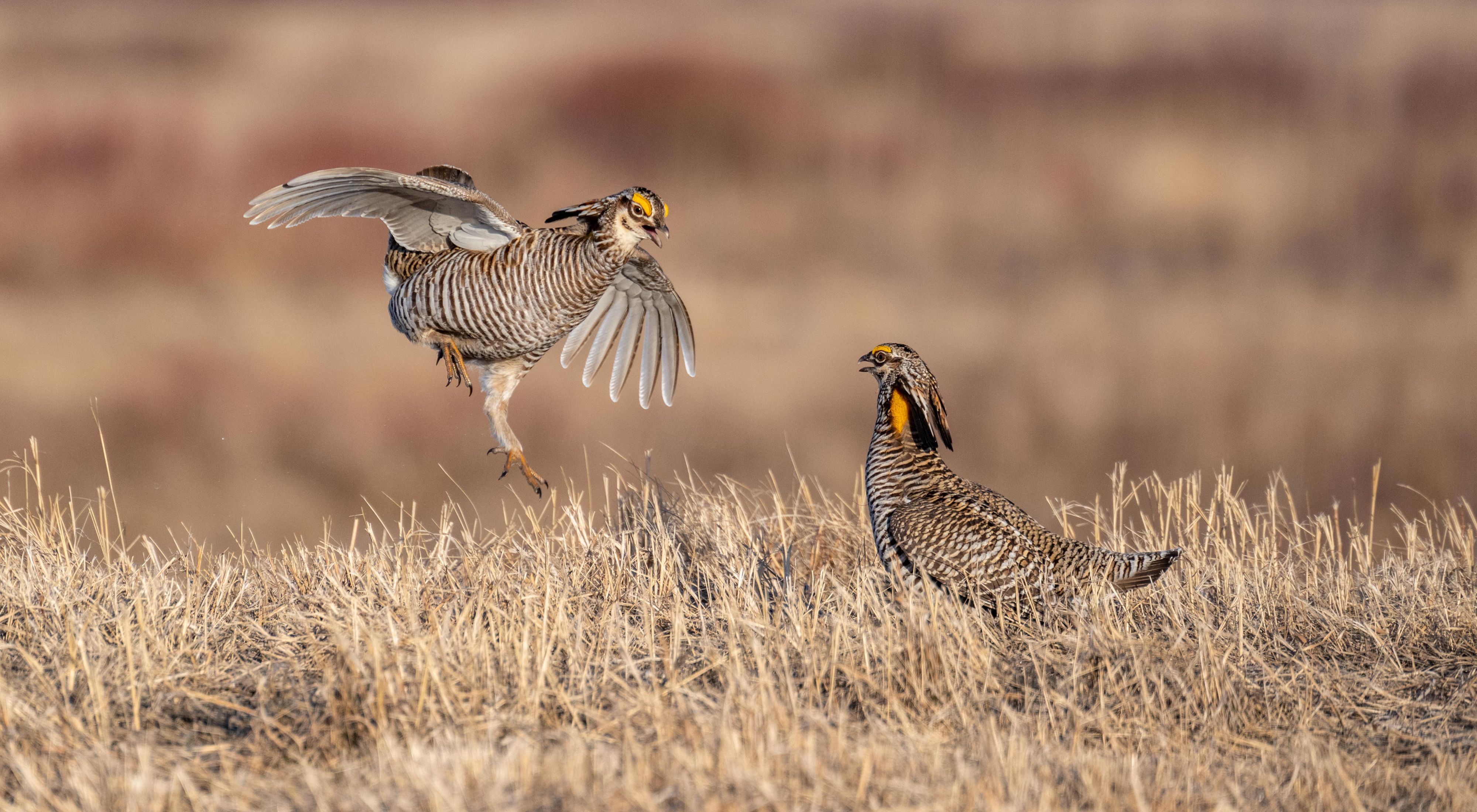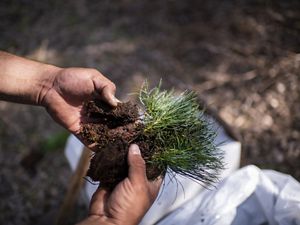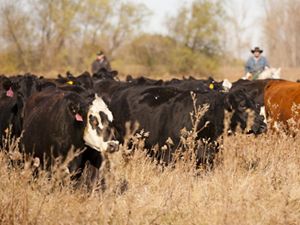April Nature Notes
This month brings early spring wildflowers and fascinating courtship displays.
Winter’s cold is ending come April and even if there can be lingering snow, there are wildflowers blooming in Minnesota early in the month and displays by courting birds that are fascinating to watch.

Snow Trillium
Few woodland wildflowers bloom earlier than the appropriately named snow trillium. Spring’s large and showy trilliums are familiar wildflowers, but snow trillium is often overlooked both because it blooms so early and because it is rare — a species of special concern in Minnesota. It is the state’s smallest trillium – the flowers may be only an inch across – and it blooms early to take advantage of the sunlight that reaches the forest floor before trees leaf out.
A good place to see snow trillium is the Hastings Scientific and Natural Area, where steep slopes have discouraged browsing by deer and a rich flora of springtime ephemerals persists. Walk carefully (there are no trails) so you won’t accidentally crush any of the delicate little plants.
Woodcocks
April woodlands are a good place to get a front-row seat at the courtship display of American woodcock, squat shorebirds with long bills and stubby legs that live in the forest instead of the marsh. Listen at dusk for the male woodcock’s nasal peent call repeated every few seconds until the bird launches into an aerial display, easily recognized by its twittering wing sounds as it spirals upward.
While the bird is airborne, move quickly to where you heard its peent calls, then sit quietly. You may be rewarded by the displaying woodcock swooping down to within a few feet of you to begin again its peenting calls. Stay very still—and enjoy the show.
Prairie Chickens

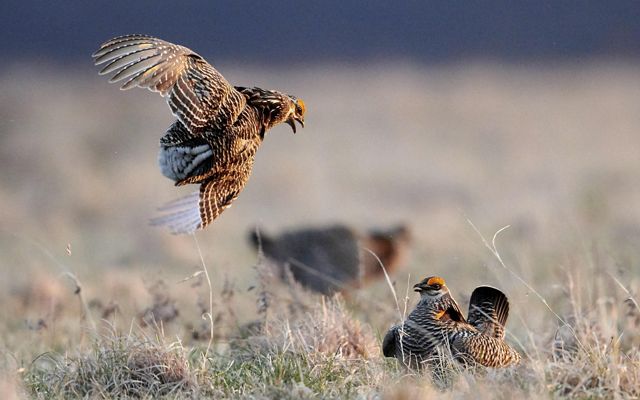
Minnesota’s tallgrass prairies in April host an impressive display by courting birds at the booming grounds of greater prairie chickens. Male prairie chickens compete for the attention of hens by performing a “dance” that includes stamping their feet, fanning their tails, hooting and gurgling and inflating throat pouches to create an odd booming call.
The show begins at daybreak and is best observed from a blind that can be reserved at no cost at several locations. Dress warmly, and enter the blind before sunrise so the birds won’t see you (and visit the blind the day before so you’ll know your way to it in the dark). Prairie chickens typically dance until mid-morning then disappear into the grass until their next performance at dawn the following day.
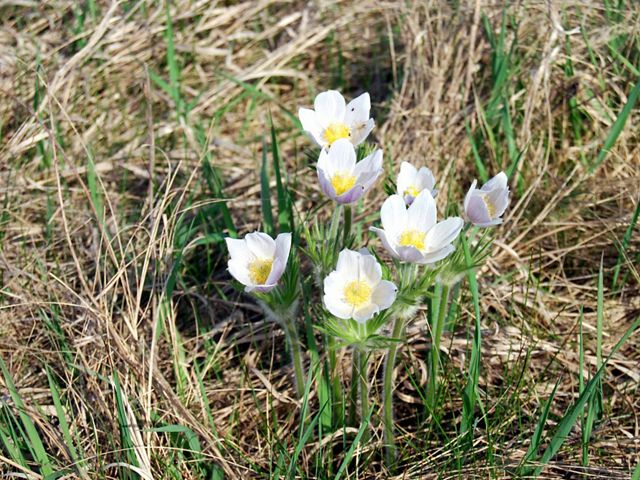
Pasqueflowers
The prairie chickens are not the only early signs of spring in Minnesota’s grasslands. Pasqueflower, so named because it blooms around Easter-time, thrives on prairies with sandy soils. Two good locations to look for pasqueflowers are Agassiz Dunes and River Terrace Prairie Scientific and Natural Areas. Aldo Leopold, on the necessity of wild things, wrote in A Sand County Almanac that “…the chance to find a pasqueflower is a right as inalienable as free speech.” Find a pasqueflower in April and know unquestionably that spring has arrived on the prairie!
